Washington Park Children’s Zoo
The concept for the Indianapolis Zoo first emerged in the 1940s when newspaper columnist began voicing his dream of establishing a zoo in Indianapolis. Through his column “Inside Indianapolis,” which first appeared in the and then in the , Nussbaum campaigned for a zoo, spurring community leaders into action. By 1944, he and other founders had begun discussing potential sites for the facility. Their ideal Zoo would be supported by admission, in-park sales, contributions, and memberships, which remains true today.
Momentum for the Zoo slowed during World War II. Nussbaum and the other founders persevered by collecting animals, planning exhibits, and finalizing the location for George Washington Park. Construction began Aug. 6, 1962, and the first Zoo opened at its original East 30th Street location on April 18, 1964. In its inaugural year, the Zoo welcomed 270,000 visitors.
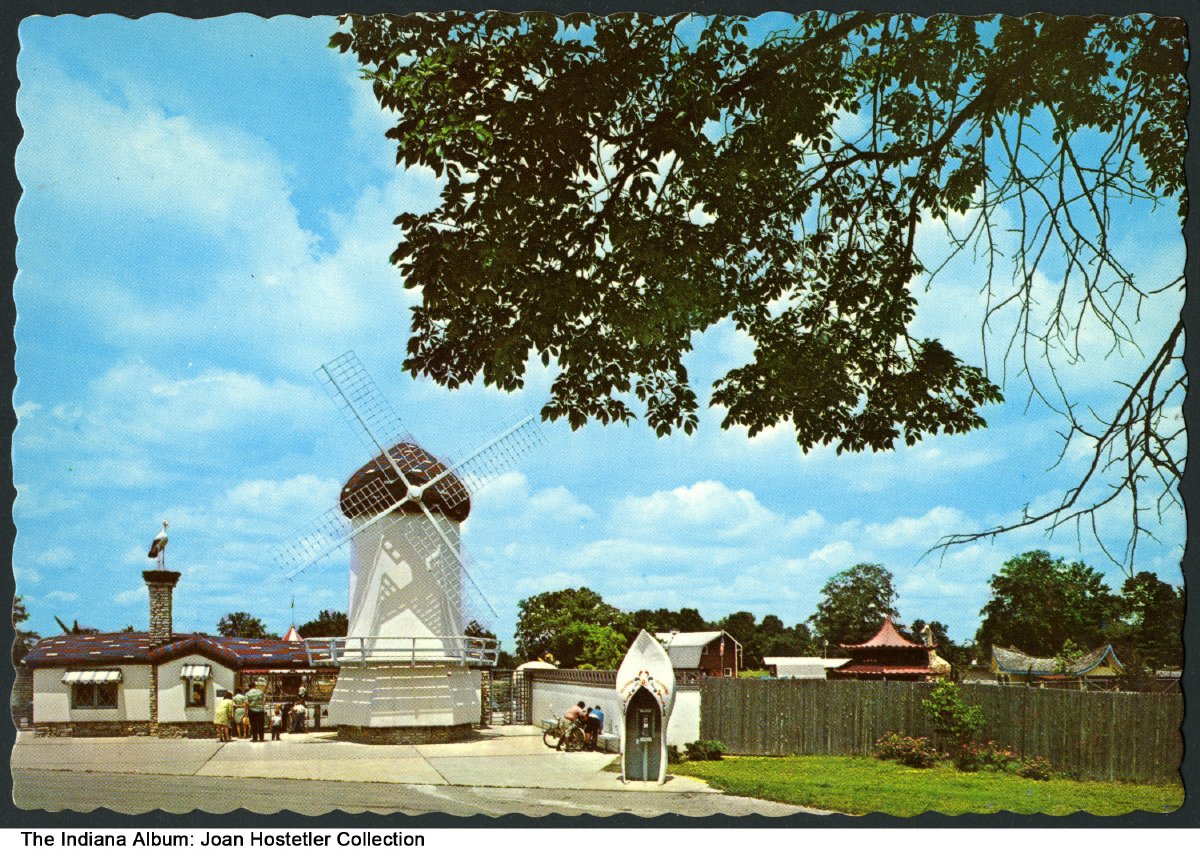
The original Indianapolis Zoo was named the Washington Park Children’s Zoo and exhibited an Asian elephant, penguins, camels, tortoises, buffalos, and more. In addition to the animals, visitors loved the Dutch windmill at the entrance and the giant replicas of a giraffe and a blue whale. In 1967, the zoo hosted its first “Christmas at the Zoo” event, reportedly the first of its kind in the United States.
Over the next 22 years, the Indianapolis Zoo encountered many additions and changes partly through donations of personal “pets” such as monkeys, large cats, zebras, wallabies, and alligators, among other species; the collection had doubled in size by the Zoo’s 20th anniversary. Having outgrown the original idea of a children’s zoo, the Indianapolis Zoo needed a bigger site.
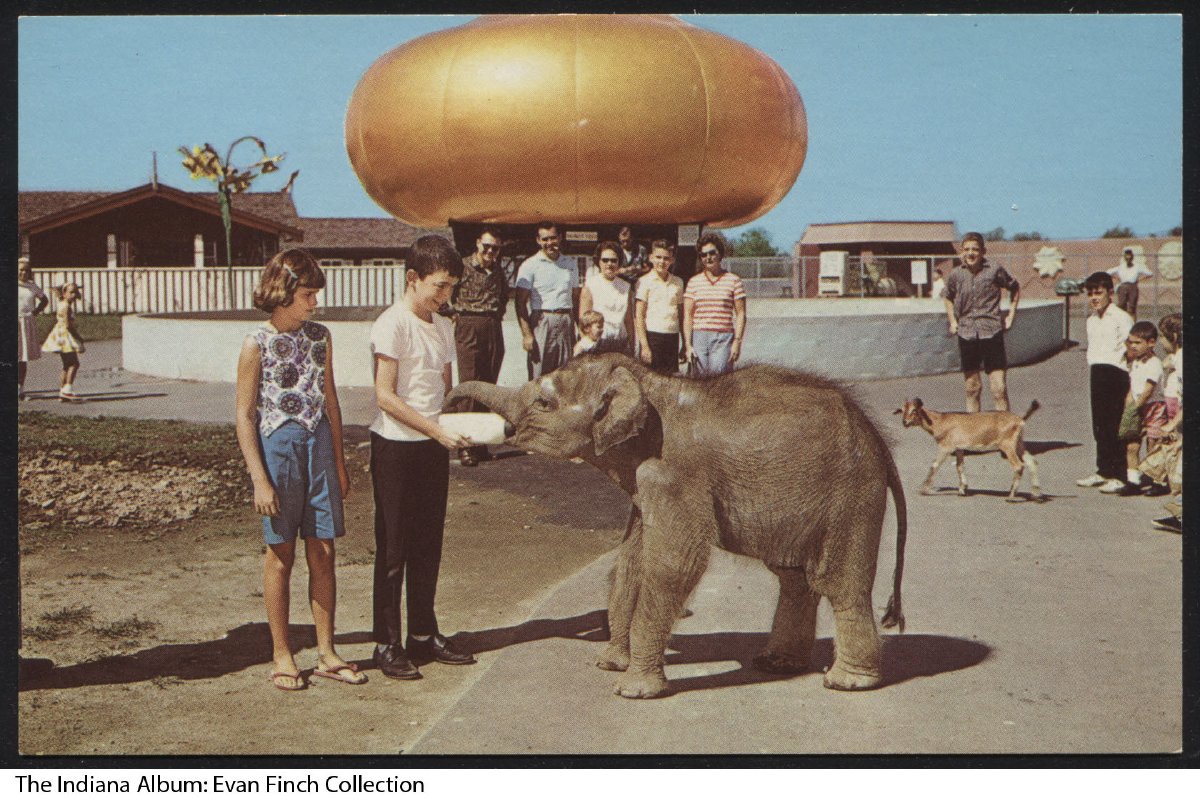
Indianapolis Zoo
A vision for a new, world-class zoo and center for animal conservation and education emerged in 1982. In addition to having more space, zoo officials wanted to move the zoo to a more visible and accessible site in the heart of Indianapolis to attract more visitors. They found the ideal location in the newly incorporated . The zoo’s founders also placed importance on preserving natural habitats, showcasing diversity in species, and observing natural behaviors to help save endangered species in the wild. Central to this plan was the concept of a cageless zoo, one with exhibits that simulated the animals’ natural environments.
The new facility broke ground in September 1985. In 1987, the zoo management staff had the unique challenge of operating and closing down the original zoo while overseeing the preparation of the new facility. The Washington Park Zoo closed on November 1, 1987, as part of the transfer to the new facility in White River State Park. In late November and early December 1987, the actual move of the zoo’s 500 animals took place. The new Indianapolis Zoo was the first attraction to open in White River State Park on June 11, 1988.
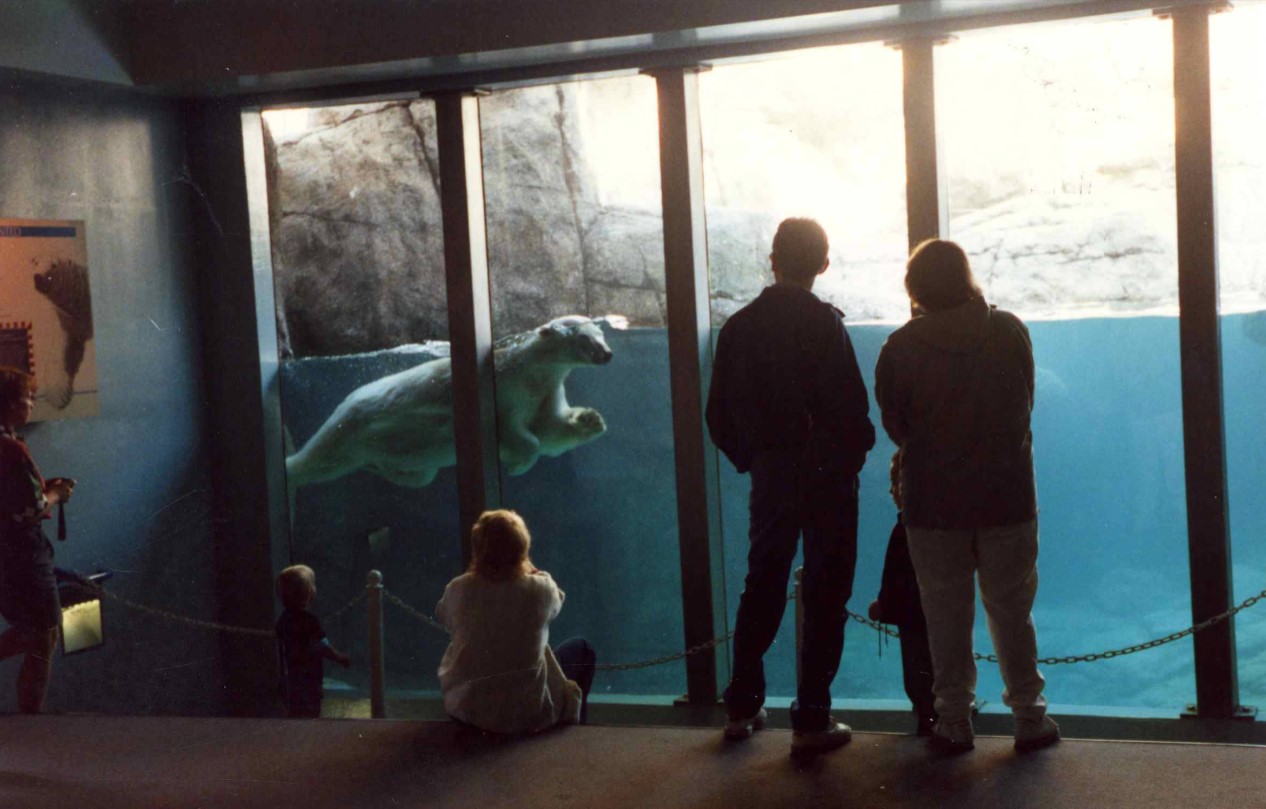
By 1991, the Indianapolis Zoo had evolved from a mid-sized zoo in a city park to a major metropolitan zoo with “state of the art” facilities. Its design was based on the bioclimatic concept—grouping animals found in particular environments (“biomes”) such as deserts, plains, forests, and waters. The Marine Mammals Pavilion featuring whales and dolphins was the largest totally enclosed, environmentally controlled structure of its kind in the nation when it opened in February 1989; July 1990, marked the opening of the “Deserts of the World” exhibit. Other new exhibit areas were planned periodically. With the arrival of new animals, the Zoo grew to five times its former size. It included five areas showcasing waterways, deserts, plains, forests, and Flights of Fancy.
White River Gardens
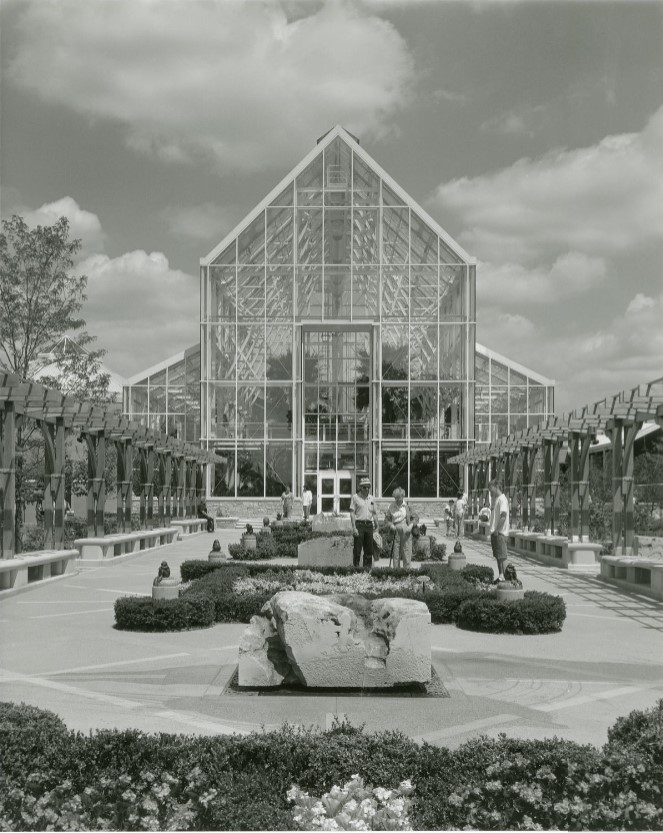
In 1997, the Indianapolis Zoological Society undertook the development of White River Gardens. Groundbreaking for the botanical gardens was held in October 1997, and it opened in summer 1999.
The Zoo and Gardens share the same main entrance. The Gardens, however, were initially maintained as a separate attraction until 2006, when it was included as part of the Indianapolis Zoo. White River Gardens exhibits more than 16,000 plants, including both native and exotic species. Many of them are rare or historic in value. The Gardens also include a glass-enclosed conservatory, outdoor design gardens, water garden, numerous artistic fountains and features, a wedding garden for ceremonies and receptions, 1.5 miles of winding paths and walkways, and an indoor/outdoor dining facility with a dramatic view of the downtown skyline and riverfront.
Conservation & Education
Consistent with the Indianapolis Zoological Society’s mission and values, the Indianapolis Zoo aims to empower people and communities, locally and globally, to advance animal conservation.
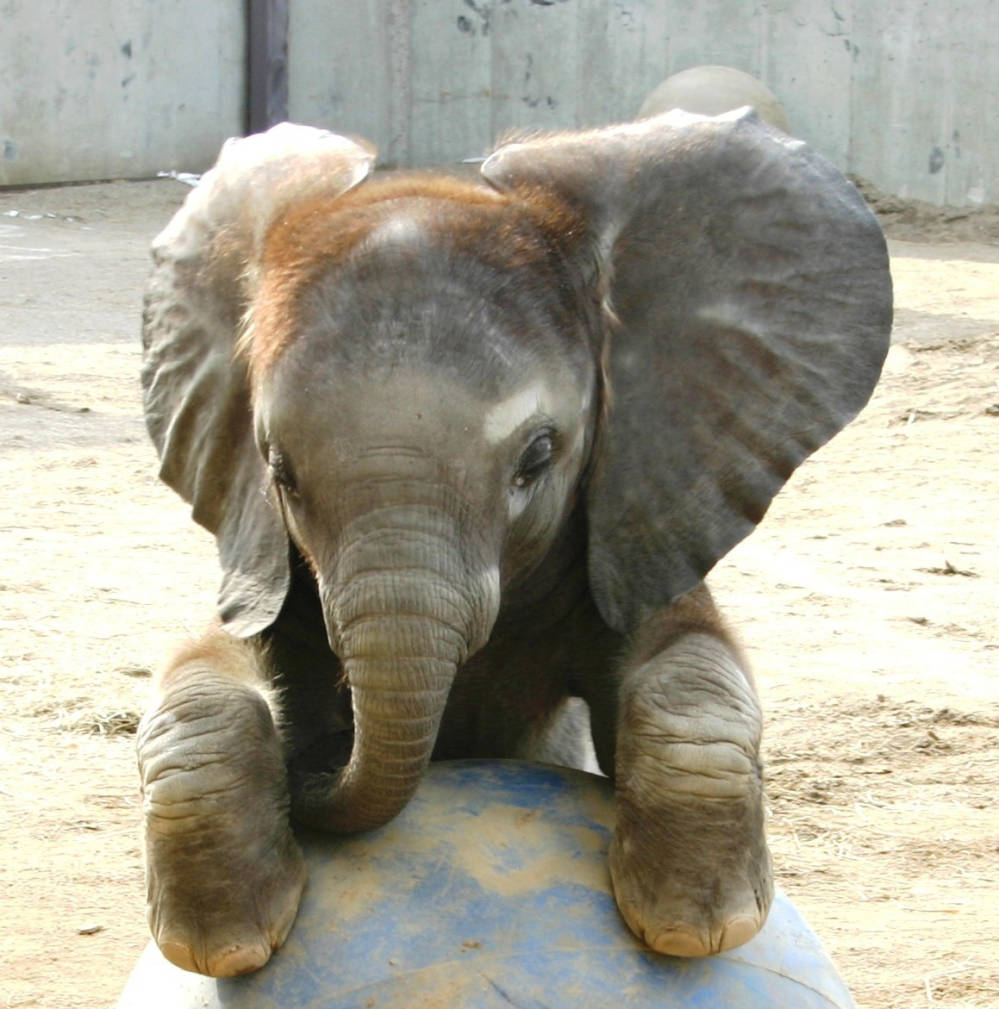
The Indianapolis Zoo is well-known internationally for its success with elephant reproduction. In 2000, the first and second African elephants conceived through artificial insemination were born at the zoo. The organization received the Edward H. Bean Award from the American Zoo Aquarium Association for this pioneering work in October 2001. The zoo has continued its work in elephant reproduction. On September 4, 2023, it welcomed a 262-pound male calf as the first elephant in the world, either African or Asian, born to a mother who also was conceived through the same procedure. The groundbreaking birth could be key to the future of a zoo breeding program for the endangered species.
In 2006, the Indianapolis Zoological Society created the to recognize animal conservationists who do outstanding work to save species that have declining populations or are in danger of extinction. The Prize has brought international attention to the Indianapolis Zoological Society as a global leader in animal conservation efforts.
The Zoo opened the world-renowned exhibit, the Simon Skjodt International Orangutan Center in 2014. As a hub for research of cognitive abilities of great apes, this award-winning facility has been called one of the most significant zoo exhibits in the world. Designed to stimulate the apes’ physical, social, and intellectual abilities, it is home to 10 orangutans, one of the largest groups of orangutans in any American zoo. Serving as a vital education, research, and conservation center aimed at ensuring a positive future for critically endangered orangutans in the wild, the Orangutan Center brings new hope to a species on the verge of extinction.
The Penny & Jock Fortune International Chimpanzee Complex, one of the largest chimpanzee habitats in the country, opened in 2024. Like the orangutan center, the complex was designed to encourage natural chimpanzee behavior and mimic a wild environment. It includes multiple areas, which are all connected by an elevated trail. The Community Hub and Chen Family Cognition Station provide outdoor spaces for the chimpanzees to roam, and The Harlan/Shriver Families Cognition Center and the Deborah J. Simon Culture Center provide indoor spaces where chimpanzees can engage in cognitive tasks and socialize together in small groups.

Help improve this entry
Contribute information, offer corrections, suggest images.
You can also recommend new entries related to this topic.

